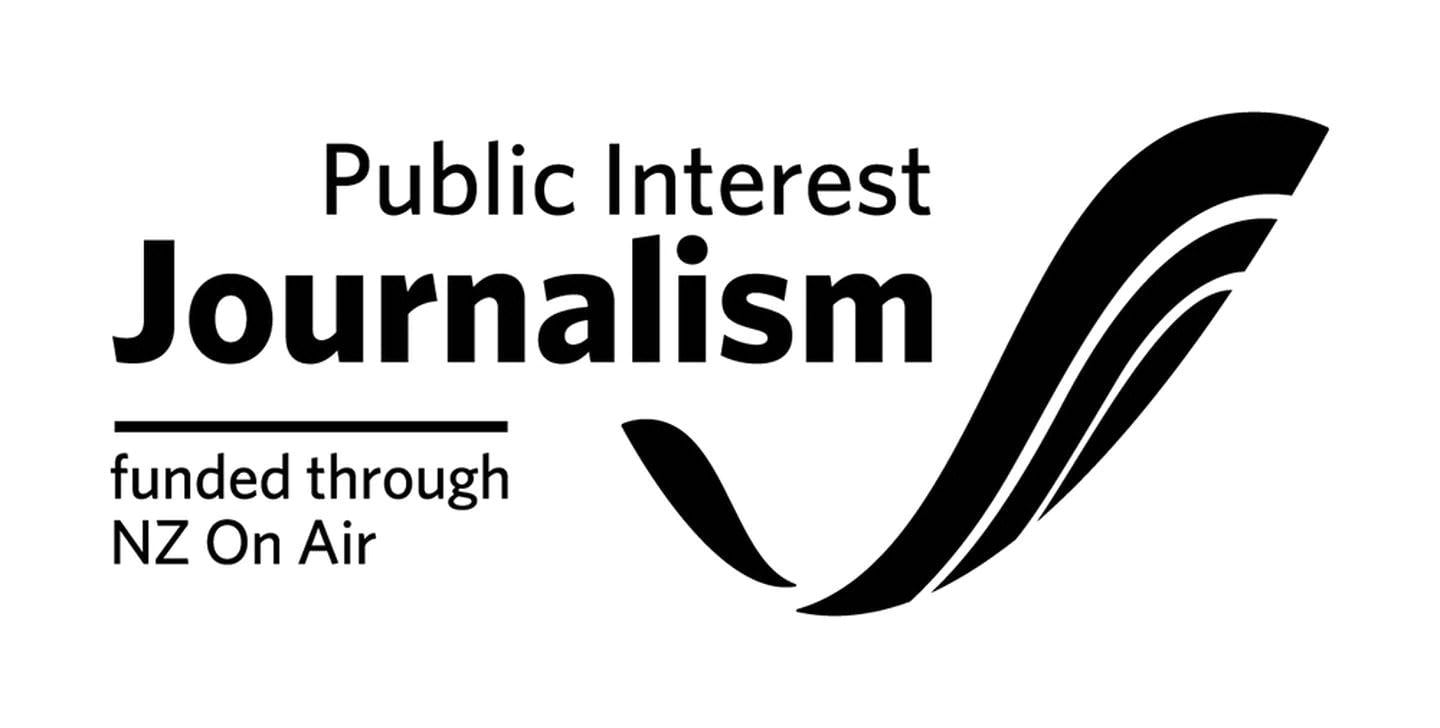The 10 largest iwi have seen their asset base soar by almost a billion dollars in 2022 but economists predict the year ahead could be rougher.
The annual Iwi Investment Report details the financial position of the nine largest Iwi across the motu but this year Ngāti Toa was added to the mix, with a soaring asset base.
Ngāi Tahu, Ngāpuhi, Ngāti Awa, Ngāti Pāhauwera, Ngāti Porou, Ngāti Toa, Ngāti Whātua Ōrākei, Raukawa, Tūhoe and Waikato-Tainui have increased their assets to $11.7 billion in 2022, a $900 million increase from 2021, according to report authors TDB Advisory.
"2022 was a largely positive year for iwi covered in this report, with all iwi except for Ngāti Porou reporting positive returns on assets," the report says.
"The general environment for investing was very challenging in 2022, with share and other markets falling and our benchmark portfolio returning negative 13.1%. All iwi reported returns exceeding that benchmark, with Ngāti Toa and Waikato-Tainui reporting the highest returns at 31.9% and 22.9%, respectively."
Property valuations slip
Six of the 10 iwi had decreased performance from 2021 because many had featured soaring investments mostly related to property.
"These valuation gains were not as great in 2022, largely due to the New Zealand property market settling and the global financial market declining," the report says.
All iwi in the report except for Ngāti Whātua Ōrākei hold assets in the primary industries including fishing, forestry and farming.
Ngāpuhi, Ngāti Awa and Ngāti Pāhauwera's investments in primary industries are their largest asset class.
"As Ngāpuhi is yet to settle with the Crown outside of the fisheries settlement, fishing is its largest asset class," the authors say.
"Ngāti Awa and Ngāti Pāhauwera both hold most of their primary industry investments in forestry, followed by farming."
Global decline
Ngāti Porou and Tūhoe were most affected by the global decline in financial markets in 2022, leading to them reporting two of the lowest increases in assets in 2022.
"The NZX50 reached a low return of -14.3% on June 30 2022, down from 11.5% on June 30 2021." the authors say.
"This decline particularly affected iwi, which holds significant amounts of their portfolios in financial assets, such as Ngāti Porou and Tūhoe."
New Zealand’s property market also declined in 2022, with the NZX real estate index generating a return of -15.1% on June 30, down from 19.2% on June 30, 2021.
"This decline negatively affected iwi such as Ngāti Whatua Orakei, which holds 98% of its portfolio in property assets."
Distributions to members primarily in the form of education, marae, housing, hauora, culture, sports and community service grants totalled $90 million in 2022, a $3 million increase from 2021 (though Ngāti Toa was not included last year).
Outlook: worse
The combined assets of the 10 iwi make up an estimated 69% of all post-settlement iwi assets and TDB says the investment performances of the iwi have varied significantly over the 10 years (2013-2022) reviewed in the report.
Ngāti Whātua Ōrākei and Ngāi Tahu, with average returns of 12.2% a year and 9.5% a year respectively, exceed the benchmark 10-year average return of 8.6% a year while the other iwi reported averages below the 10-year benchmark, ranging from 3.7% to 8.5% p.a.
TDB says the outlook for 2023 is worse given slumping financial markets, rampant inflation and geopolitical uncertainty such as the war in Ukraine. However, it also sayd many trust boards have shown increased trading performance.
"Ngāi Tahu, Ngāpuhi, Ngāti Toa, Raukawa and Waikato-Tainui all reported returns above their own 10-year average returns."



